Looking for a low-risk and cost-effective way to drive conversions for your business?
Maybe you’re an influencer or publisher and want to better capitalize on your ability to get results for advertisers.
Either way, cost-per-action (CPA) marketing could be for you.
We’ll cover what CPA means, how it works, and outline some best practices to help you maximize your returns using this form of advertising.
What Is CPA Marketing?
CPA marketing is a form of performance-based marketing where advertisers pay affiliates (like influencers or publishers) whenever a potential customer completes a predefined action because of the affiliate’s promotional efforts.
The action could be a purchase, a click, a form submission, or another specific action the advertiser wants a prospect to complete.
For example, a company that makes fitness trackers (the advertiser) wants to increase their online sales.
It could partner with a well-known fitness blogger (the affiliate) who has a large following of fitness enthusiasts. Every time one of those followers buys a fitness tracker through the blogger’s unique referral link, the blogger receives a commission from the advertiser.
What’s the Difference Between CPA Marketing and Affiliate Marketing?
CPA marketing and affiliate marketing are closely related concepts. With one distinction.
Put simply, CPA marketing is a subset of affiliate marketing. Advertisers pay the affiliate whenever a user completes a specific action.
Affiliate marketing can involve other payment models, too. For example, advertisers may use a revenue share (“revshare”) model, where affiliates earn a percentage of the revenue generated from the customers they refer.
Further reading: What Is Affiliate Marketing: How to Start in 4 Easy Steps
Understanding the Basics of CPA Affiliate Marketing
How Does CPA Marketing Work?
Here’s a step-by-step breakdown of the CPA marketing process:
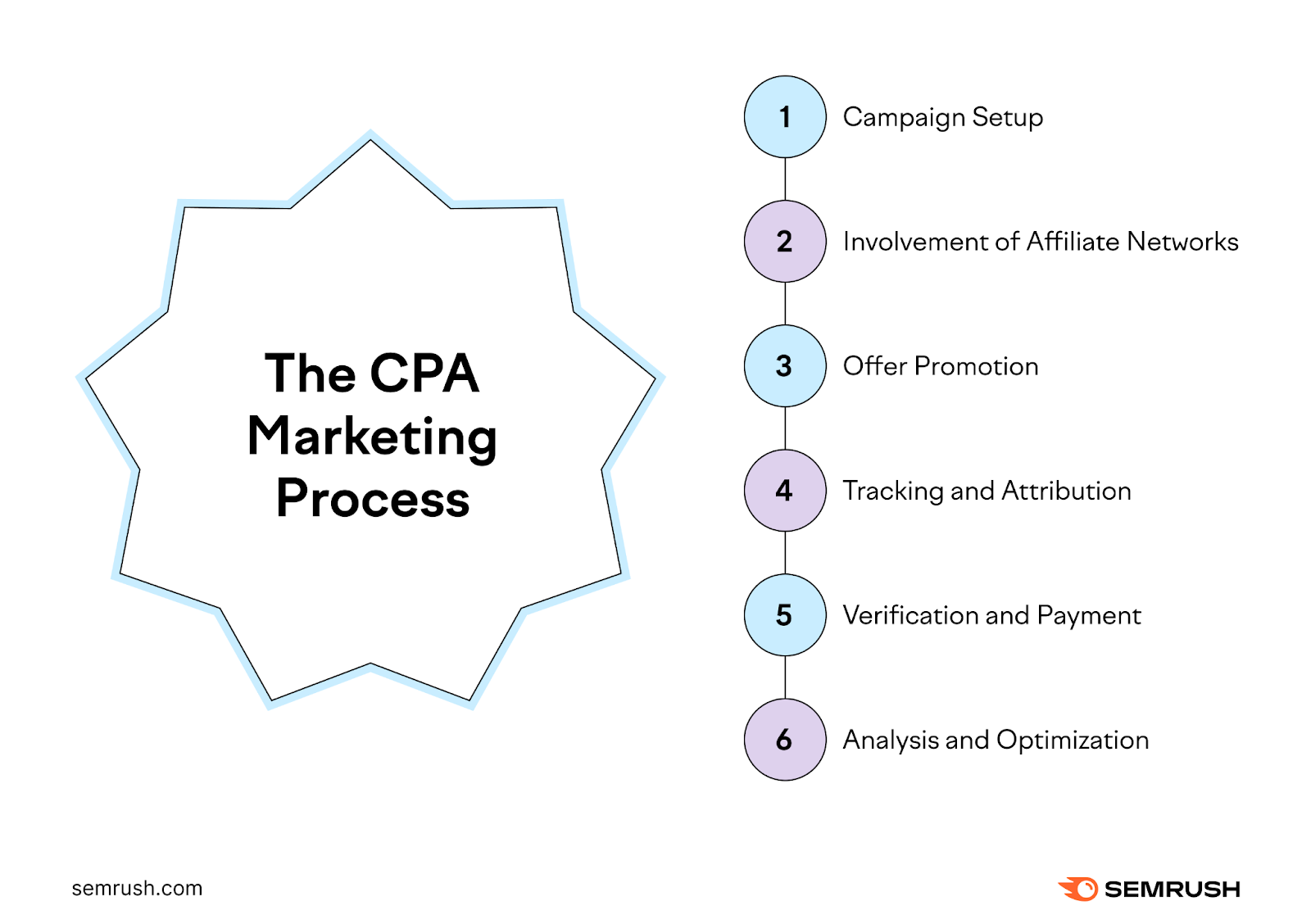
1. Campaign Setup
Advertisers start by defining the type of actions they want to encourage and how much they’re willing to pay affiliates to promote them.
For example, an advertiser might offer affiliates 15% of every sale they generate.
2. Involvement of Affiliate Networks
Advertisers often partner with affiliate networks to list their offers and source affiliates.
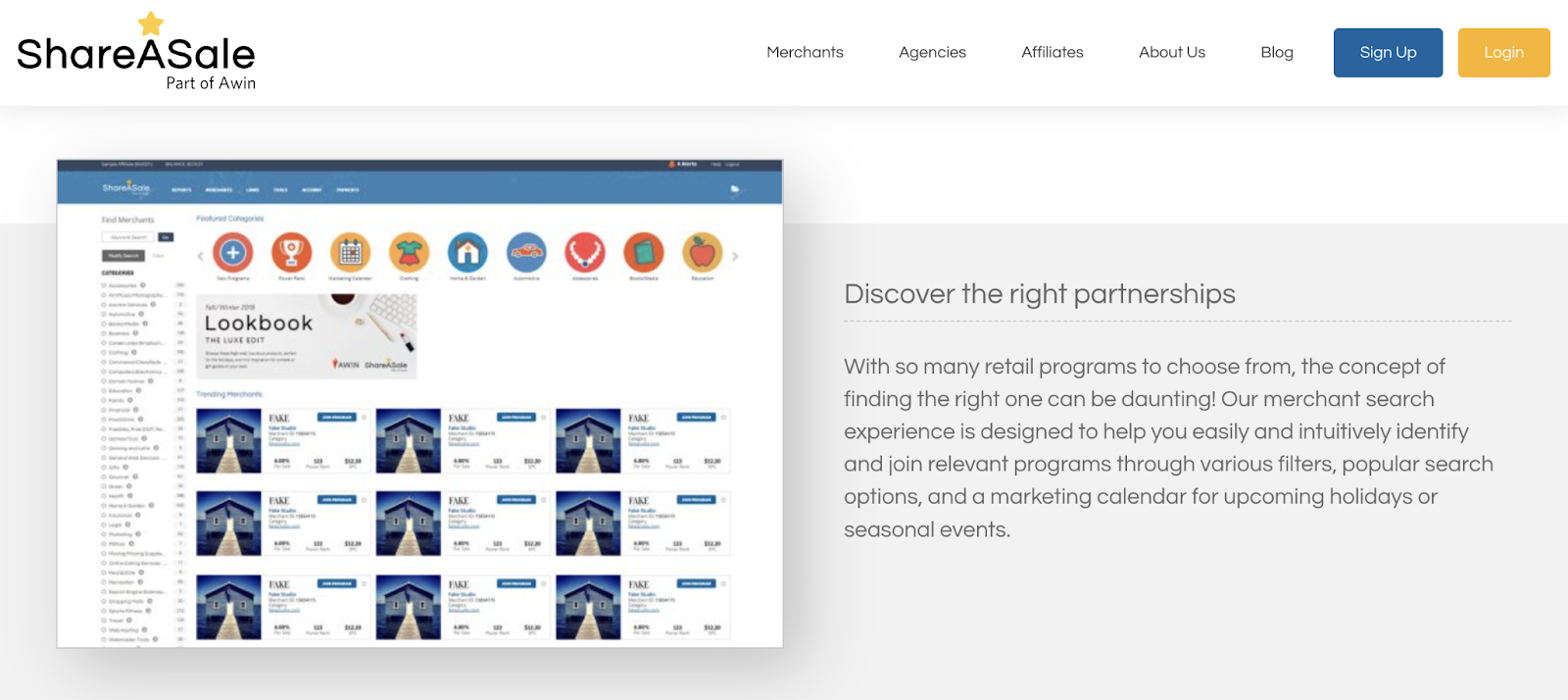
Affiliates use these networks to find and sign up for offers that align with their expertise and audience’s interests.
3. Offer Promotion
Once affiliates have selected an offer, they begin the promotion process using their chosen channel.
For example, an affiliate might create an in-depth video review of a product and encourage their viewers to click a link in the description to buy it.

4. Tracking and Attribution
Each promotional effort is tracked using unique affiliate links (or codes) provided by the affiliate network or the advertiser’s in-house affiliate system.
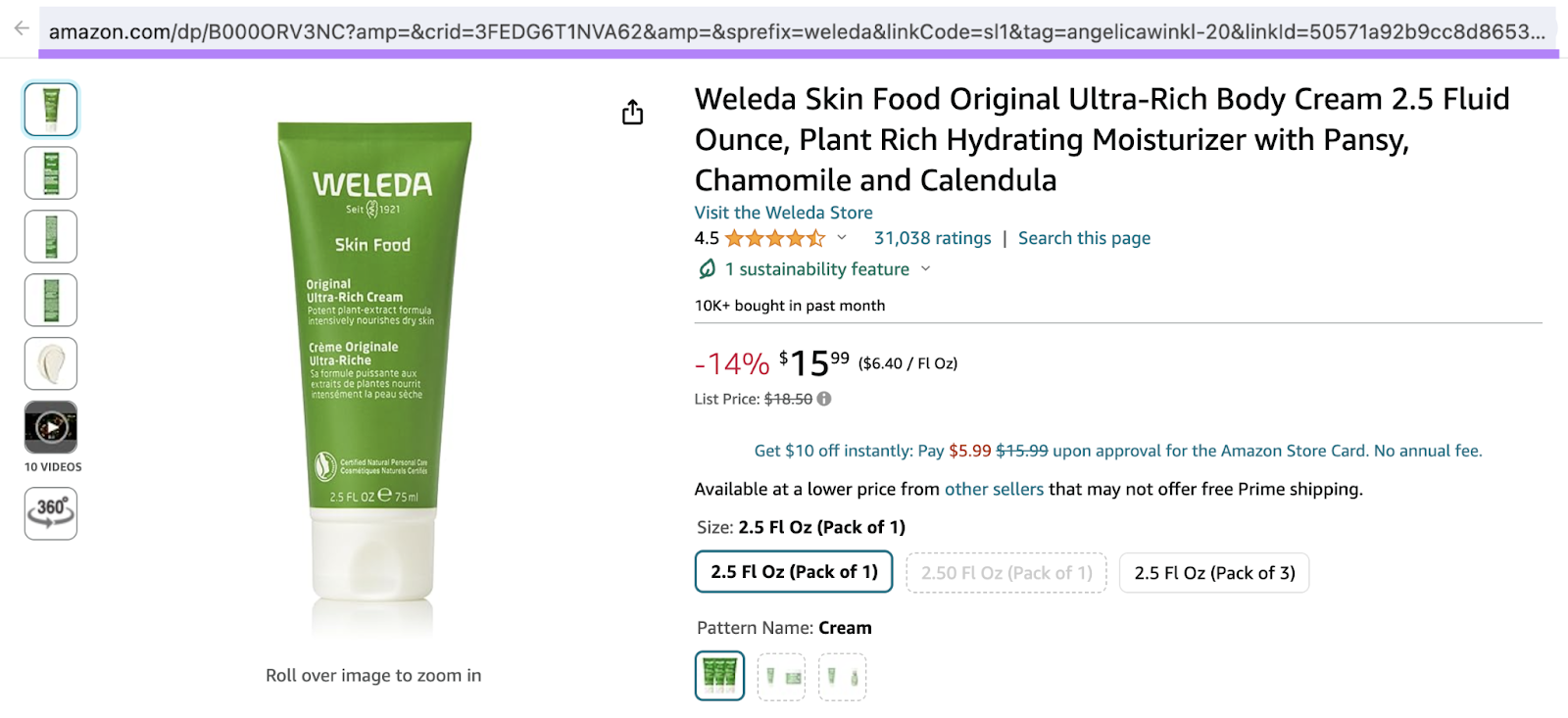
These tracking links ensure that each user action, such as clicks or conversions, is accurately attributed to the correct affiliate.
5. Verification and Payment
The affiliate network or advertiser verifies that an action taken through the affiliate’s link qualifies for payment.
For example, for a sale to be considered valid, it may need to occur within a specific time frame after the initial click. This is known as cookie duration.
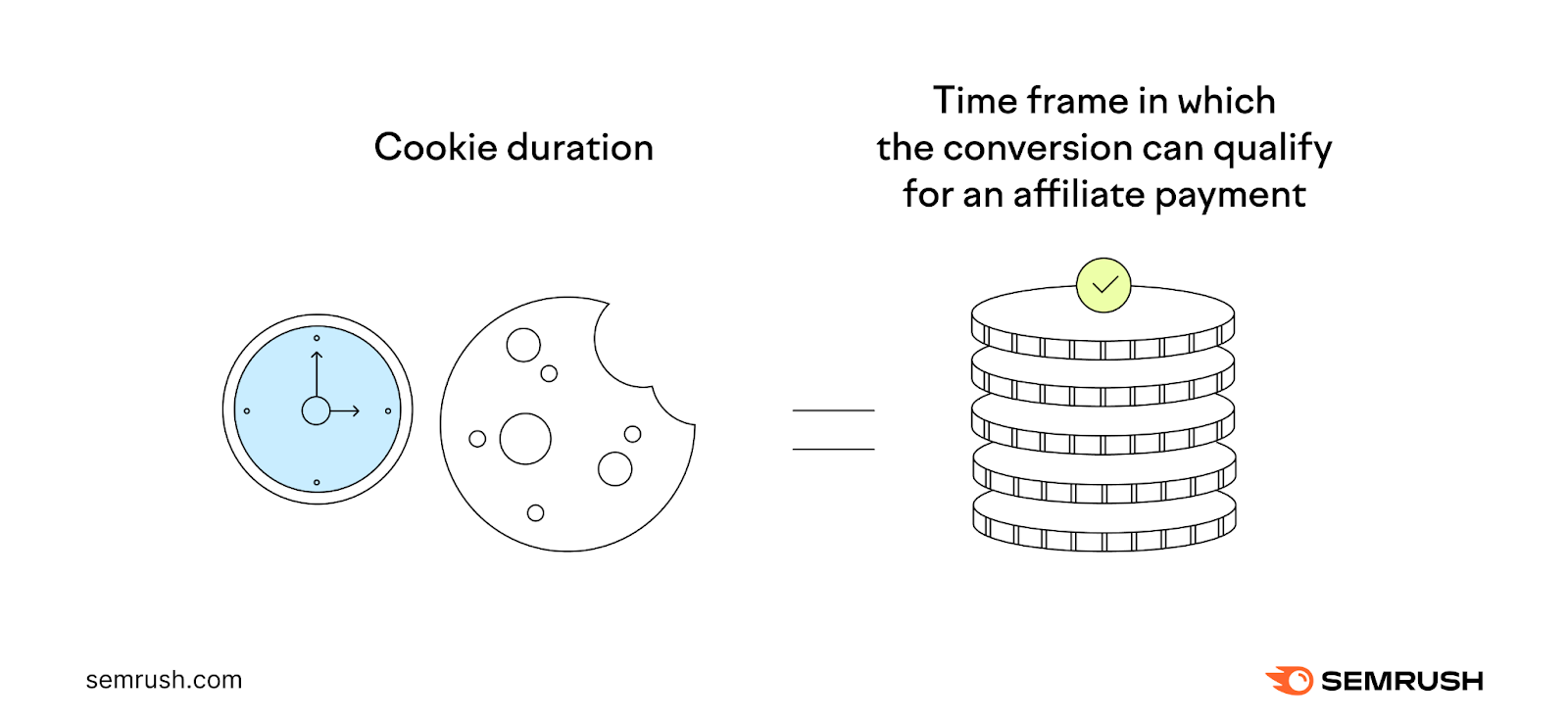
This process ensures that only actions meeting the advertiser’s predefined conditions are compensated.
After verification, the affiliate is paid according to the agreed-upon terms.
6. Analysis and Optimization
Both advertisers and affiliates analyze their campaign performance using data provided by the affiliate network or in-house tracking systems.
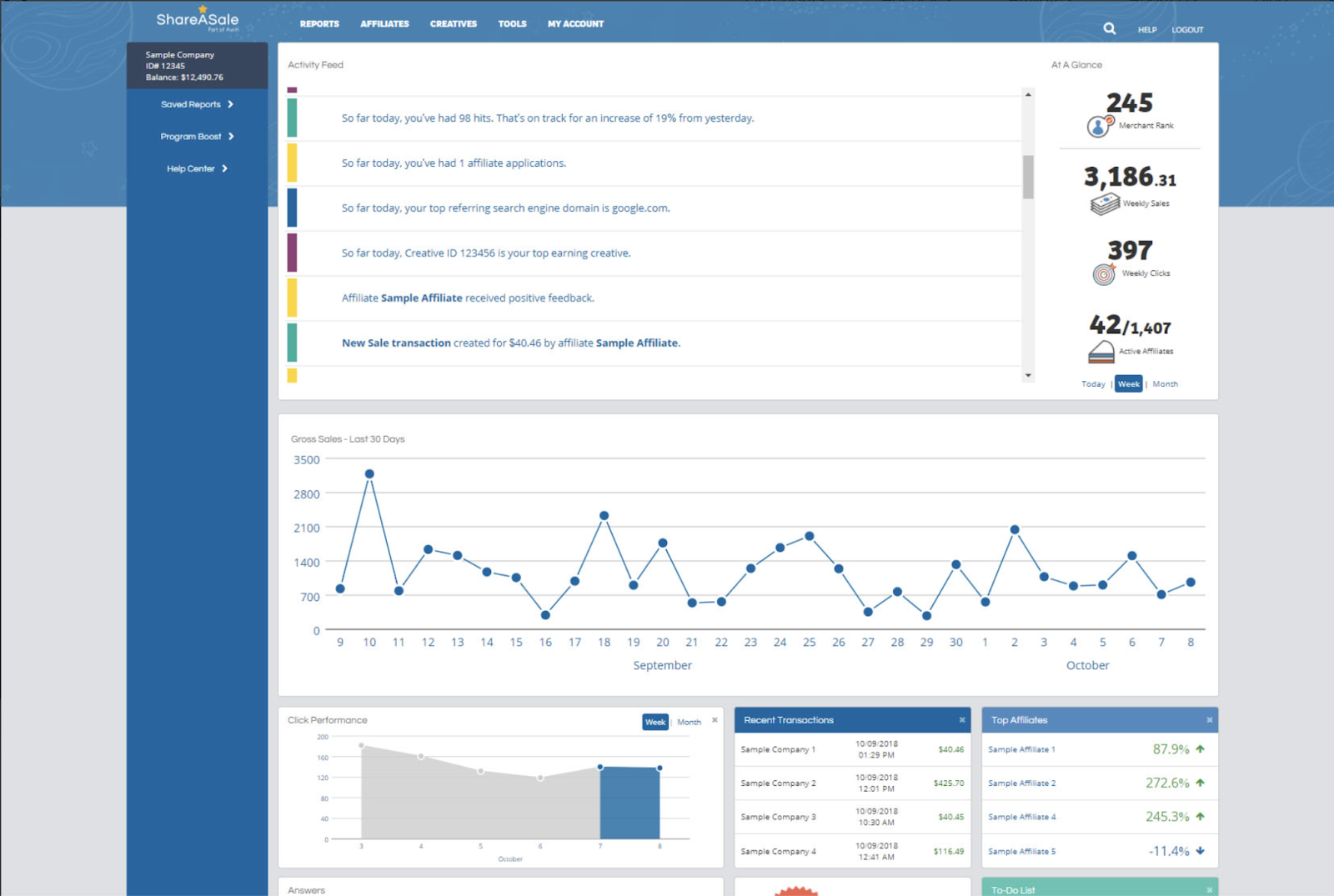
Image Source: ShareASale
This helps both parties identify successful strategies and ways to improve future campaigns.
CPA Marketing Models
The CPA marketing model consists of various sub-models, each suited for different types of actions and goals.
Here are some of the most common:
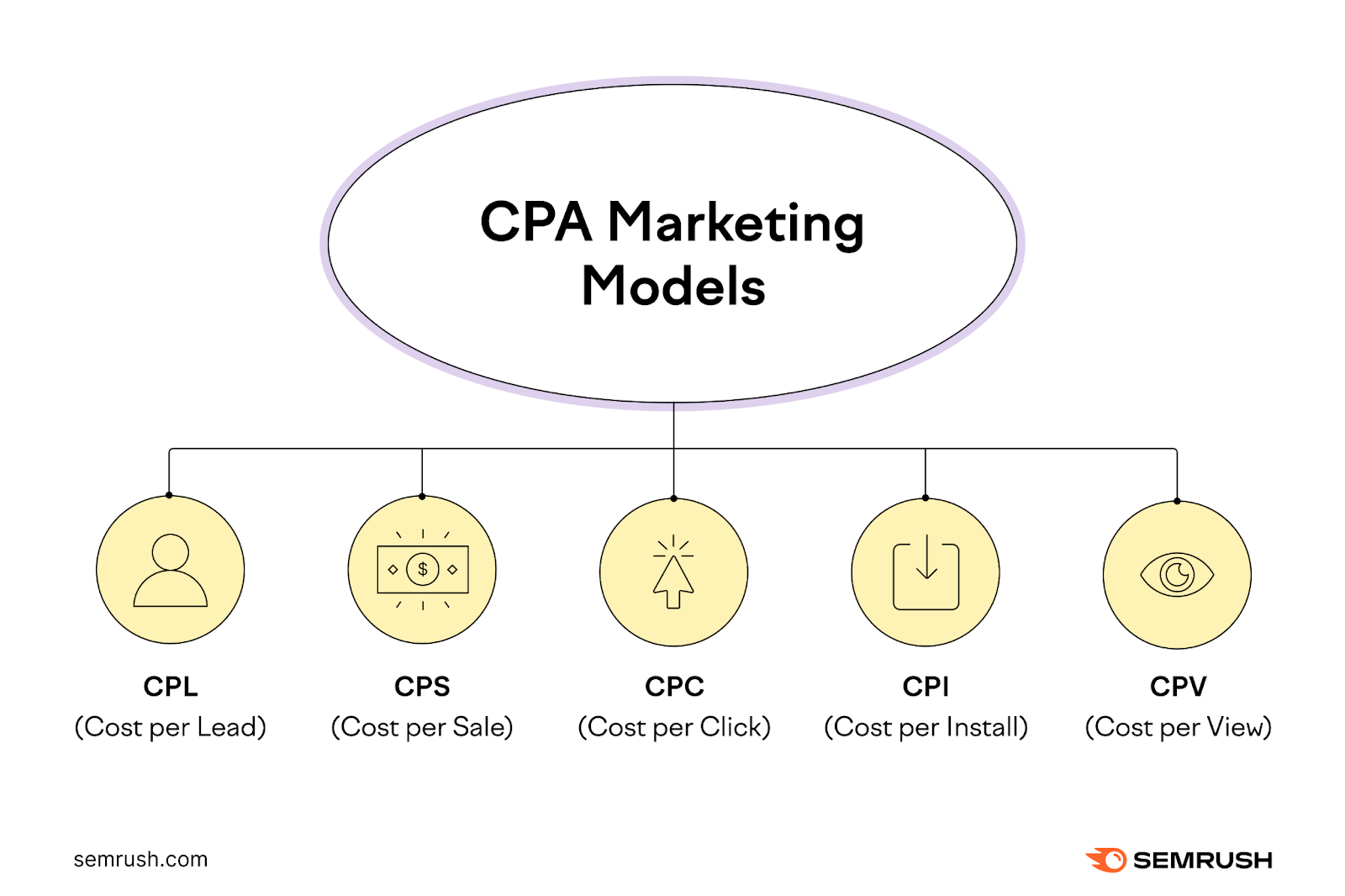
CPL (Cost per Lead)
Advertisers pay the affiliate whenever the affiliate refers a new lead. This could involve a potential customer filling out a form, signing up for a free trial, or subscribing to a newsletter. CPL is particularly effective for industries with longer sales processes where prospects require nurturing.
CPS (Cost per Sale)
Advertisers pay the affiliate whenever the affiliate refers a new paying customer. The affiliate’s commission could be a fixed amount or a percentage of the sale. This is suitable for any business looking to increase revenue through online transactions.
CPC (Cost per Click)
Advertisers pay the affiliate each time a potential customer clicks a link to the advertiser’s website or landing page. The CPC model works well if the main goal is to drive more paid traffic to the advertiser.
CPI (Cost per Install)
Advertisers pay the affiliate for each install of an application or piece of software. This is especially common in the world of mobile apps and games.
CPV (Cost per View)
Advertisers pay the affiliate for each view of a video or ad. This model works well for launching new products, storytelling, and building brand awareness in an engaging and visually appealing way.
Benefits of CPA Marketing
Low Risk
The CPA model presents relatively low financial risks to advertisers because they pay only when a specific action is completed. In other words, CPA ensures advertisers receive actual results for their marketing dollars.
The risk is higher for affiliates because their earnings are determined by their ability to successfully target, engage, and convert their audience.
That said, CPA marketing lets publisher affiliates create new revenue streams by monetizing ad space that would otherwise remain untapped.
High ROI Potential
CPA marketing lets advertisers spend their budgets more efficiently by paying only for actions that promote their business goals.
Meanwhile, affiliates can maximize their earnings by selecting campaigns that are relevant to their audience and optimizing their promotion strategies for conversion.
Access to a Wider Audience
By tapping into the niche audiences of different affiliates, CPA marketing lets advertisers reach potential customers they otherwise wouldn’t.
For affiliates, CPA marketing represents an opportunity to offer more relevant content to their audience.
Flexibility
CPA marketing gives advertisers the freedom to define the actions they’re willing to pay for. This ensures that campaigns are set up to meet their specific business objectives.
Affiliates also benefit from the ability to choose which offers to promote and how best to engage their audiences with those offers.
Traffic Sources and Channels for CPA Marketing
Social Media for CPA Marketing
Affiliates regularly use channels like Instagram, Facebook, and TikTok to promote offers to their audiences.
Typically, these promotions take the form of posts, stories, or videos that highlight the benefits and features of the product in an authentic and engaging way.
Here, we see an example of a partnership between Unbox Therapy (a popular consumer electronics channel) and Temu (an online marketplace for discounted goods).

Unbox Therapy’s video provides a playful and engaging review of the Temu service, encouraging viewers to download the app and enter a unique promo code when shopping.
SEO and PPC in CPA Marketing
Search engines are another powerful channel allowing affiliates to generate traffic for CPA campaigns.
With SEO, an affiliate can create keyword-targeted content on their website and link to the advertiser’s product or service.
For example, TechRadar has an article targeting the search term “best fitness trackers 2024.” The post contains reviews of several gadgets, with various affiliate links readers can use to buy each product.
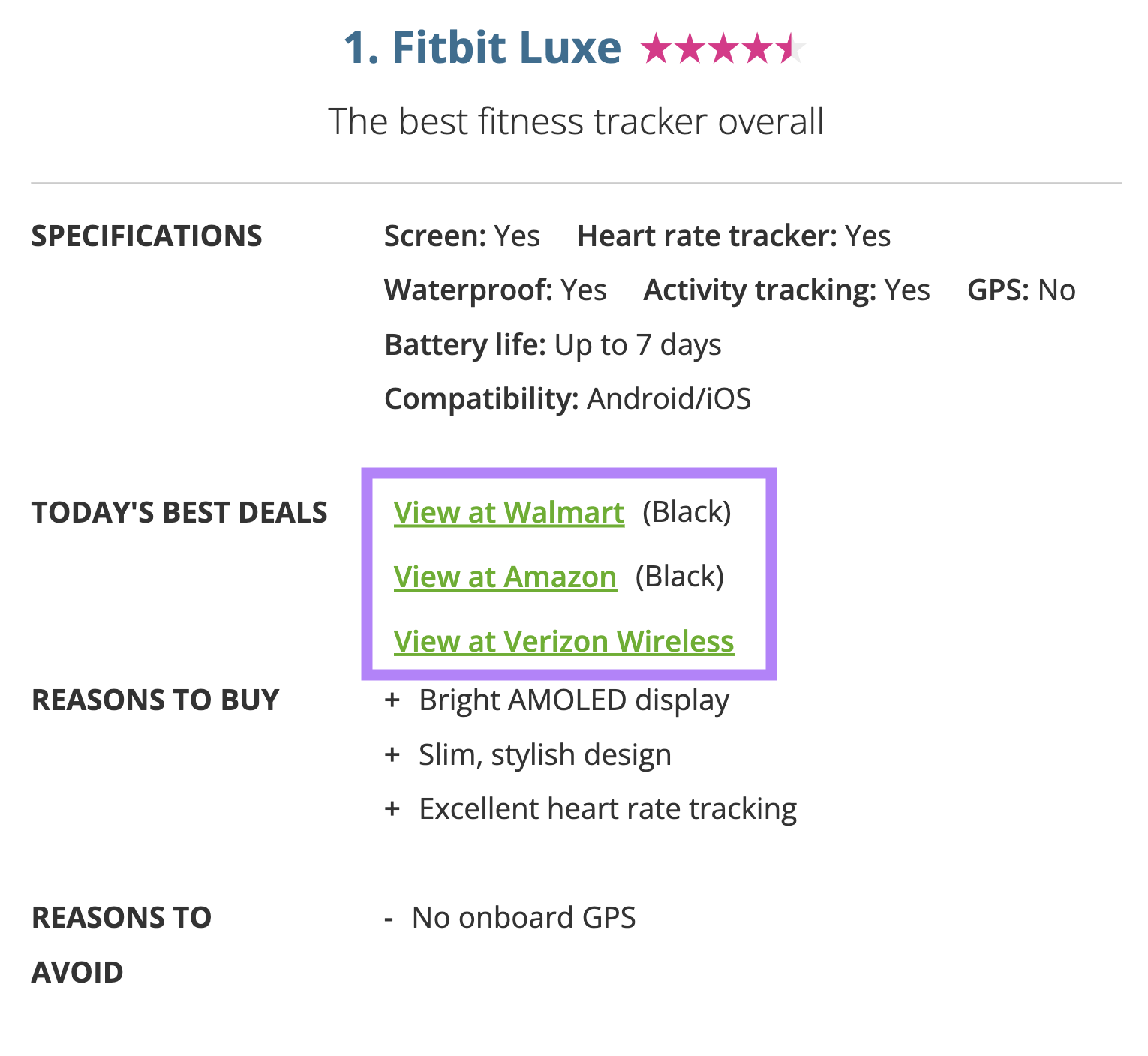
Use Semrush’s Keyword Magic Tool to identify relevant search topics and keyword suggestions when planning organic content for affiliate CPA campaigns.
Simply enter a relevant seed keyword into the search bar, select a market location, and click “Search.”
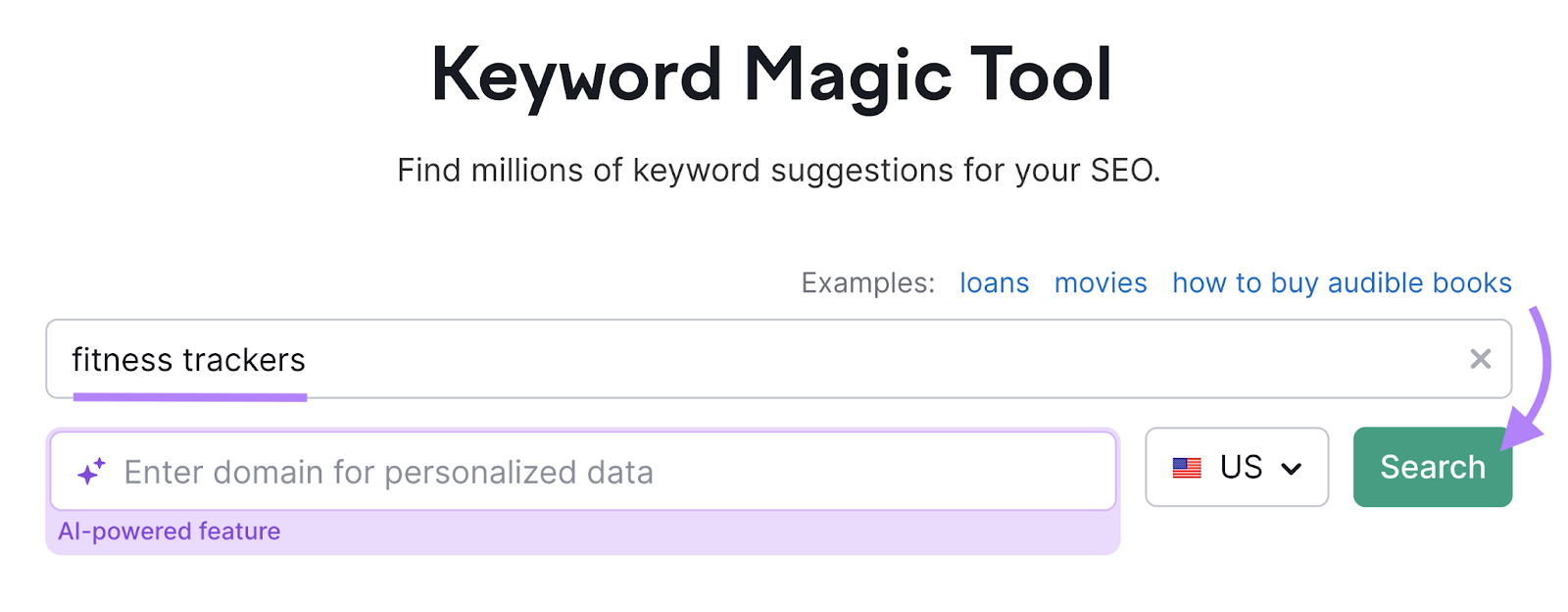
The tool will provide a comprehensive list of keyword ideas along with useful data on keyword intent, search volume, and keyword difficulty (KD%).
Sift through the list for high-quality content opportunities. Aim to pick keywords that balance a high search volume with a lower keyword difficulty.
Below, we can see that “fitness trackers for seniors” has a decent search volume (110 monthly searches). But it also has a comparatively low keyword difficulty (31%).
Creating high-quality content around this term could help improve visibility and drive traffic to your site.

In addition to SEO, affiliates can drive paid traffic to campaign-related content and landing pages through PPC search ads.
This approach benefits from the fact that tools like Google Ads allow for precise ad targeting based on users’ search behaviors, geographic location, demographics, and device type.
Best Practices for CPA Marketing
Executing successful CPA marketing campaigns requires thoughtful planning and a commitment to ongoing optimization.
Following these best practices will help generate mutually beneficial results for advertisers and affiliates.
Select Relevant Offers
Affiliates should only promote offers that resonate with their audience’s interests and needs.
Relevant offers don’t just lead to higher conversion rates. They also help affiliates retain the trust of their readers and followers.
Target the Correct Audience
Likewise, advertisers need to ensure their CPA offers are presented to relevant audiences.
Advertisers should assess potential affiliates for audience match, brand alignment, and the potential to drive meaningful conversions.
Optimize Landing Pages
Affiliates and advertisers should prioritize building compelling landing pages that persuade users to take action.
Key elements of a high-converting landing page include clear and engaging copy, a hero image, a prominent call to action (CTA), social proof, and fast loading times.
Additionally, ensuring mobile responsiveness and implementing A/B testing can further enhance the effectiveness of landing pages in driving conversions.

Diversify Traffic Sources
Affiliates should consider a combination of social media, SEO, PPC, and other sources like email marketing to drive more targeted traffic to the advertiser’s product or service.
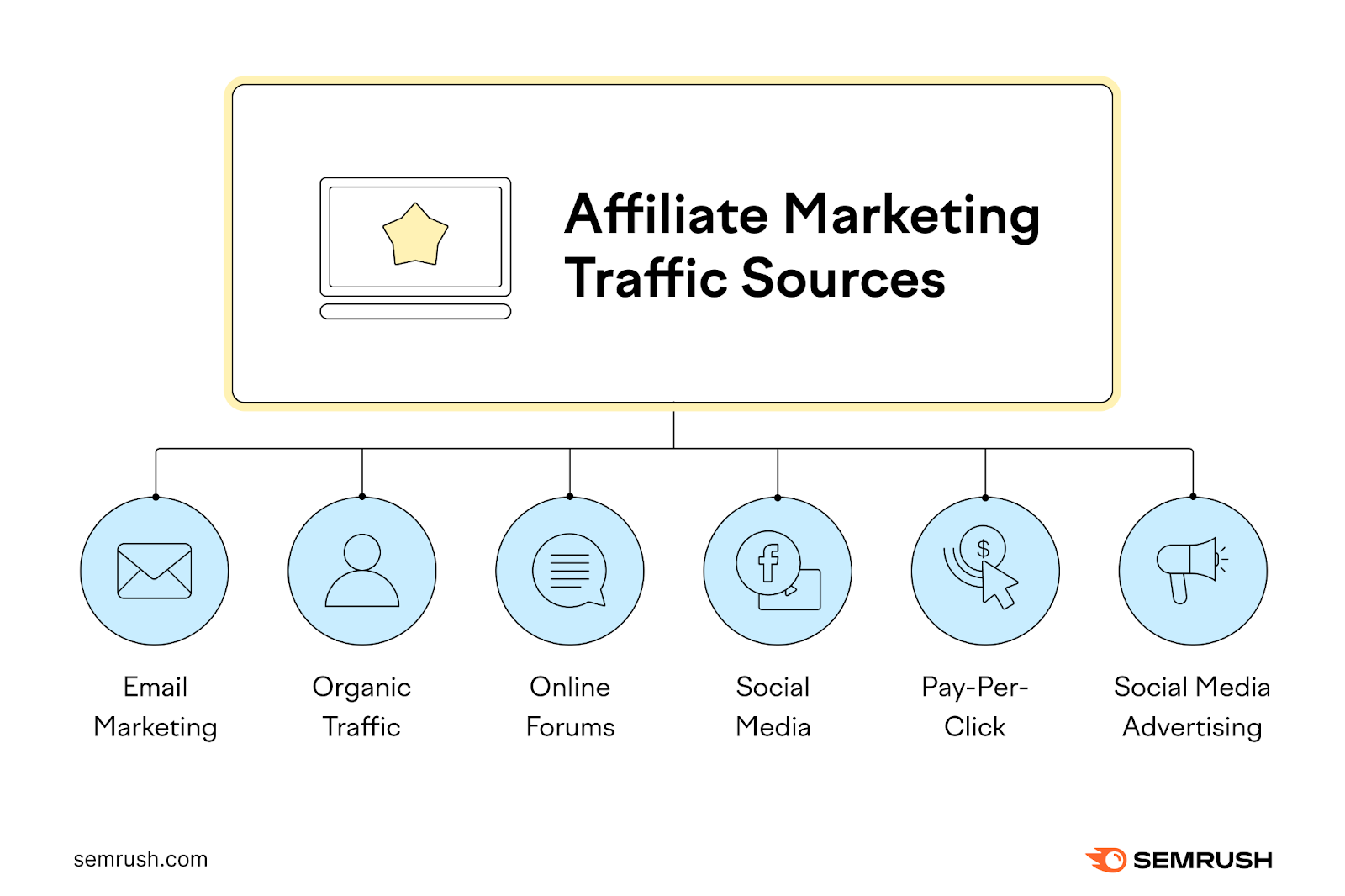
Common Challenges in CPA Marketing
CPA marketing isn’t without its challenges. Here are three common obstacles you may encounter:
Market Saturation
The internet is flooded with affiliates promoting similar products or services, which can make it difficult to stand out.
Affiliates can overcome this issue by exclusively focusing on niche markets where they can offer genuine value or insights. The more authority an affiliate builds within a specific vertical, the more likely they are to attract an engaged and dedicated audience.
Fraud and Compliance Issues
The CPA model is vulnerable to deceptive practices.
In fact, 63% of marketers have concerns about affiliate marketing fraud.
For example, unscrupulous affiliates can generate fake leads, and shady CPA networks can withhold affiliate payments without good reason.
That’s where a reputable affiliate network can make all the difference (more on that later).
CPA marketing is also subject to strict legal and regulatory requirements (established by the Federal Trade Commission in the U.S.). These regulations require transparent disclosure of affiliate relationships.
Optimizing for Conversion
Identifying what leads to better conversion rates is an ongoing challenge that calls for continuous testing and refinement.
Affiliates should experiment with different landing page designs, ad copy, CTAs, and consider running A/B tests to discover what resonates best with their audience.
Measuring and Analyzing CPA Campaigns
Monitoring CPA campaign performance is essential for understanding what works well, what could be improved, and how resources could be allocated more effectively.
Key Performance Indicators (KPIs) in CPA Marketing
Here are the primary metrics CPA marketers should monitor:
- Conversion rate: What percentage of users take the desired action after clicking the affiliate’s link?
- Affiliate referral traffic: Which channels drive the most traffic and conversions from affiliates?
- Lead quality: How valuable are the leads generated through affiliate links?
- Average order value: What is the average amount spent by customers who purchase through affiliate links?
- ROI: How does the revenue generated from the CPA campaign compare with the costs?
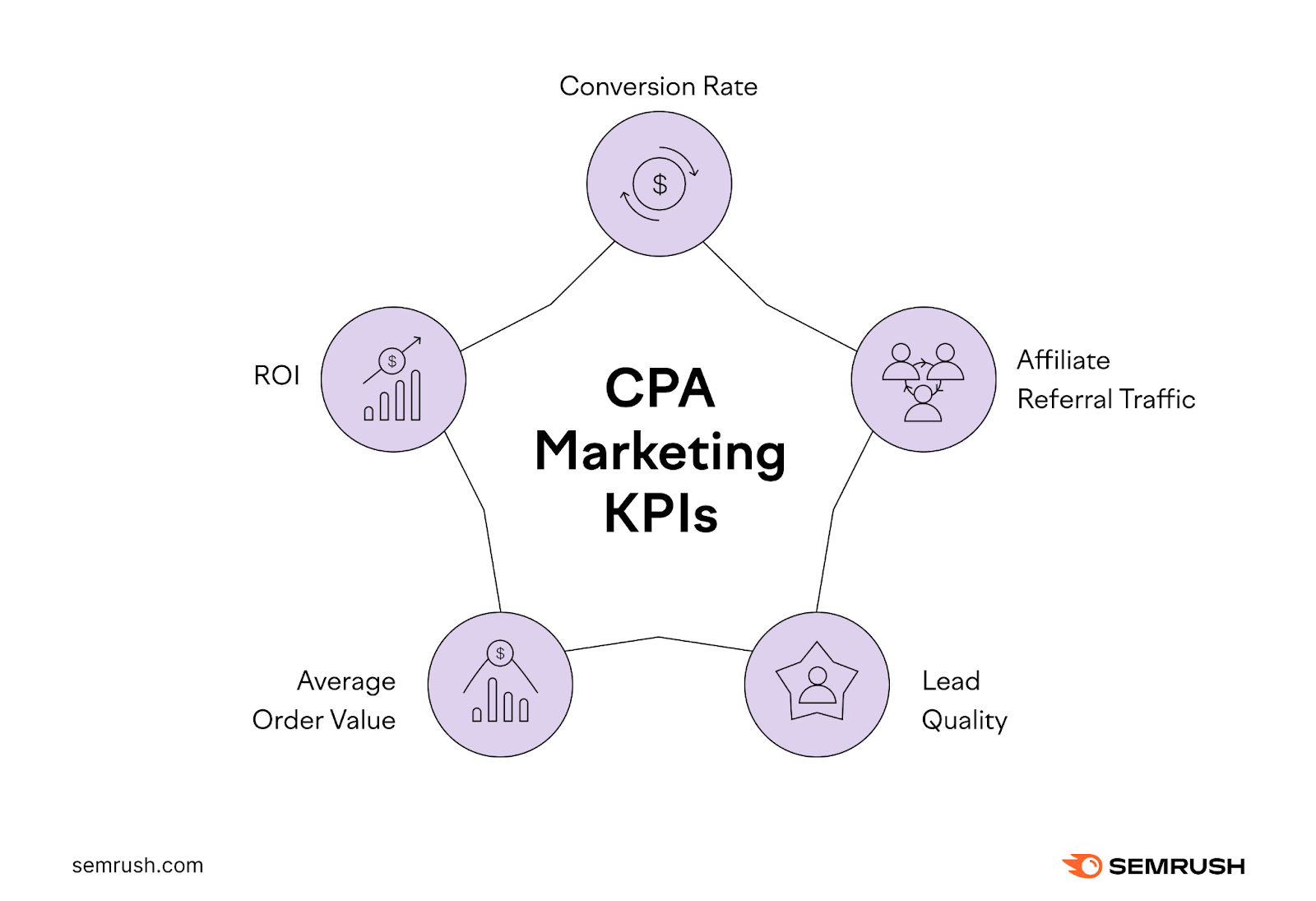
Best CPA Affiliate Networks
Because affiliate networks coordinate the advertiser-affiliate relationship, it’s essential to pick the right one.
Some of the best CPA networks include:
- MaxBounty: Known for its range of CPA offers and commitment to affiliate success, MaxBounty offers attractive commission rates, advanced tracking technology, and affiliate manager support
- ClickBank: With over 100,000 affiliates using the platform worldwide, ClickBank specializes in connecting product creators with affiliates. The platform prides itself on providing reliable tracking, on-time payments, and high-quality education.
- CJ: Working with over 3,800 major brands across various verticals, CJ is one of the oldest networks around. The user interface is simple and intuitive and the knowledge base is extensive.
Affiliates can also use a platform like oDigger to simplify the task of comparing networks and discovering high-paying offers with favorable terms and conditions.
Master CPA Marketing with Semrush
The CPA model gives advertisers a cost-effective and highly targeted method for acquiring new leads and customers.
CPA marketing also lets affiliates monetize their platforms by delivering value to their audience while earning commissions.
But implementing a successful CPA campaign is no small task.
Effective CPA marketing calls for strategic planning, consistent performance monitoring, and a readiness to fine-tune your tactics in the light of new data.
Start building winning CPA campaigns today by applying the best practices outlined above and using tools like Keyword Magic Tool to maximize your ROI.
